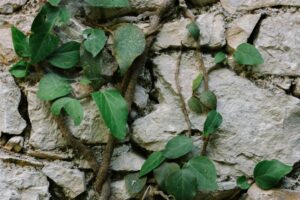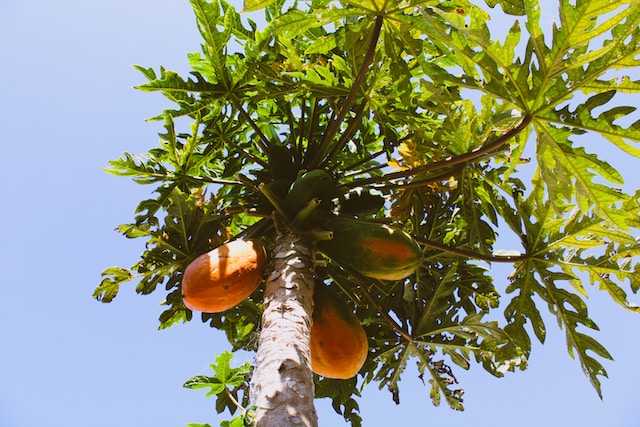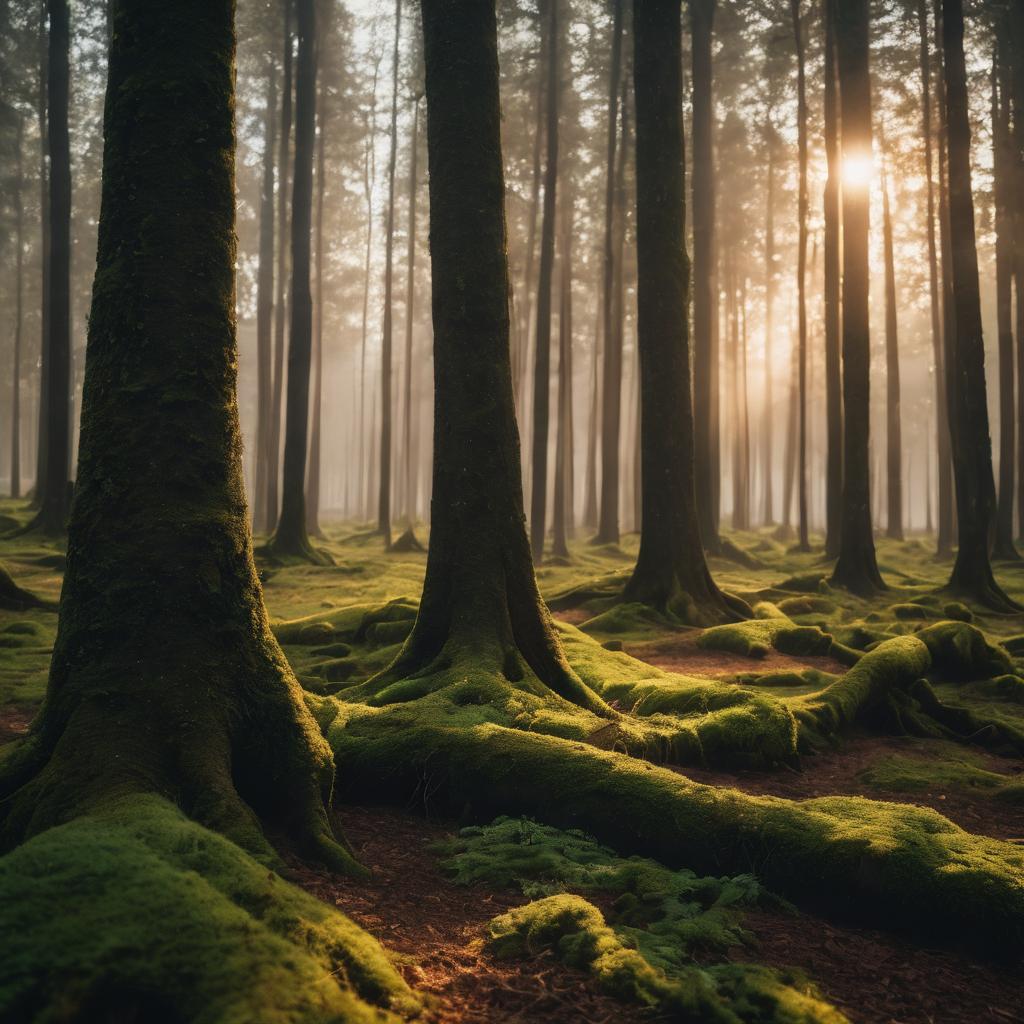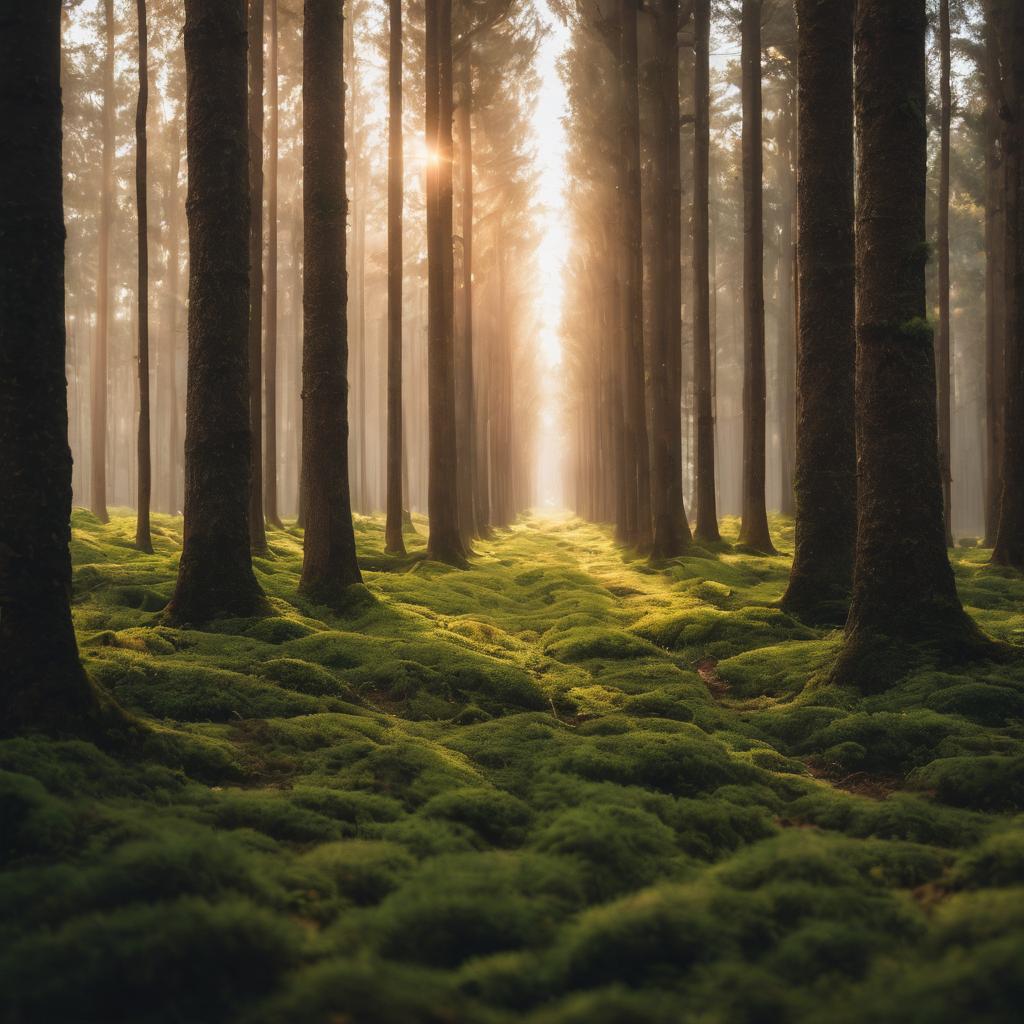Introduction
Papaya is a tropical fruit tree that grows best in warm and sunny climates. If you live in a cooler climate, you’ll want to grow your papaya in a container or planter so it can be moved indoors during the winter months. Growing your own papaya tree can be challenging but also very rewarding! The tree itself doesn’t require much maintenance beyond watering and fertilizing, but there are some things you should know about growing conditions before planting one of these gorgeous trees in your own garden.
Papaya is a tropical plant that requires a lot of sun and warmth.
Papayas are tropical plants, so they need plenty of sun and warmth to grow. They are not very cold tolerant and can only withstand temperatures below 50 degrees Fahrenheit for short periods of time. To keep your papaya tree healthy, it’s important that you plant them in a container or planter that has drainage holes at the bottom. The soil should be rich with organic matter such as compost or mulch.
It’s best to grow papaya in containers or planters indoors if you live in a cooler climate.
If you live in a cooler climate, it’s best to grow papaya in containers or planters indoors. The plant will thrive if you can provide it with lots of sunlight and warmth.
If you live in a warmer climate, however (i.e., most any place that doesn’t have frigid winters), then your papaya tree may be able to survive outdoors all year long. In fact, many people who grow their own fruit trees keep them outside throughout the year because they enjoy having fresh fruit right on their doorstep!
If you’re growing your tree in a container or planter, choose one with adequate drainage holes.
The container should be large enough to hold the roots and sturdy enough to withstand the weight of your papaya tree as it grows. Be sure that any potting soil mixture you use drains well so that excess moisture does not remain around its roots.
Your papaya tree will need plenty of sunlight when young but can tolerate partial shade as it matures; however, if possible, it’s best to keep it outdoors year-round where there is ample light exposure (at least eight hours per day). If you live in an area where temperatures drop below freezing during winter months and cannot protect your plant from cold weather conditions outside then bring it indoors before frost sets in so that its leaves do not turn brown prematurely due to insufficient light exposure during colder months when days are shorter than normal due to lack of sunlight available during winter season which means less photosynthesis happening inside leaves due lack amount available light energy coming through greenhouse glass panes too much heat generated by grow lights makes air inside greenhouse hotter than outside air resulting higher humidity levels inside greenhouse causing discomforting conditions for plants which require more water intake than usual
If you’re planting directly in the ground, use loose, well-drained soil that drains quickly.
The ideal pH range for papaya is 6.0 to 6.5 and it prefers a sandy loam soil with an adequate amount of organic matter (at least 25%).
Keep the soil moist, but not wet. Water when needed, but do not over water.
The frequency of watering your papaya tree will depend on the weather. If it is hot and dry, you’ll need to water more often than if it’s cool and wet.
If you don’t know how much water your plant needs, there are several ways to check the soil moisture:
- Use a soil probe or other tool that can measure how deep into the ground your roots are growing (about 2 inches). After digging down into the soil, if it feels damp but not wet when you touch it with your fingers then this means that there is enough moisture in there for now and no further watering should be necessary until next time; or
- If there is no indication of dampness in an area where roots should be growing then try digging down further until reaching something that feels like clay or stone; this means there isn’t enough drainage so make sure not only does this area get watered properly but also consider adding some gravel around its edge so air can flow freely through them; otherwise if left unattended over time these kinds of problems could lead up causing serious health issues including death!
Mulch can help keep moisture in the soil around your tree’s root zone and prevent weeds from competing for moisture and nutrients.
When you plant your papaya tree, you’ll want to mulch around the base of it. Mulch is a layer of material that covers the soil to prevent weeds from growing and can also help keep moisture in the soil around your tree’s root zone.
Mulching is especially important if you’re growing a fruit tree in an area with sandy or rocky soil, as this type of terrain tends to dry out quickly during hot summer months when rainfall is scarce. The good news is that there are many different types of mulch available at home improvement stores or garden centers: wood chips (which come from sawdust), bark chips (made from shredded cedar), cocoa hulls (a by-product left over after processing cocoa beans) and coffee grounds (what remains after brewing coffee).
Papayas are heavy feeders and require rich organic soil blended with compost or manure to produce sweet fruit without an unpleasant aftertaste.
Papayas are a tropical fruit tree, so they require warm weather to grow. They’re sensitive to frost, so they should be grown in warm climates and not in areas that get below 55 degrees F (12 C).
Papaya trees can grow up to 20 feet tall and produce fruit as large as 12 inches long! The leaves of the papaya tree are large and heart-shaped with serrated edges that make them look like giant blades of grass or leaves from a fern plant. Papayas can take anywhere from 6 months to 2 years before bearing fruit; once they do bear, however, it will continue for several years if cared for properly.
Growing papayas can be challenging but worth it!
The fruit has a unique flavor that you can’t find anywhere else and they are easy to grow in containers or planters in cooler climates. If you live in a warm climate, they can be grown directly in the ground as well. Papayas are heavy feeders and require rich organic soil with plenty of compost added to it before planting time.
Papaya trees should be planted about 6 feet apart so they have room for growth and fruiting branches later on down the road when your plant matures into an adult tree which will produce more abundant crops than younger ones do; however, if space is limited then try planting two smaller trees instead of one large one so that each one gets enough sunlight during its growing season which lasts from spring until fall (or winter depending upon where you live).
Conclusion
Growing papayas can be challenging, but it’s worth it. The fruit is delicious and nutritious, and it will provide you with a great source of vitamin C all year round. If you’re looking for a new project or just want something fun to do in your backyard, consider giving this tropical plant a try!












